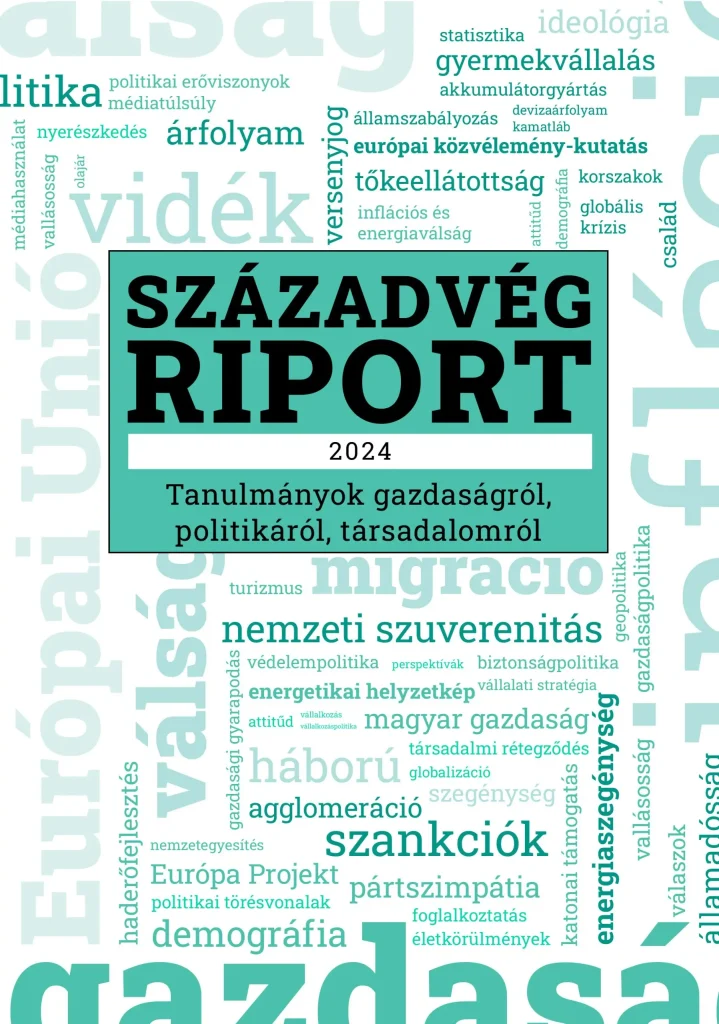In May 2025, the German government recognised nuclear energy as green and promised not to hinder further developments of the technology in the European Union. The decision is a major milestone in the EU’s energy policy, as lifting the German ban will allow the Community to join the global renaissance of the nuclear industry, which began years ago in the United States, China, India and the United Kingdom. The results of Századvég’s Project Europe survey reveal that the symbolic shift in Germany and the EU can in part be attributed to a marked transformation in society’s expectations.
The perception of nuclear energy had been improving among EU citizens already in the years preceding the outbreak of the Russia-Ukraine war, but the armed conflict and the energy price hike caused by the sanctions imposed in response gave this trend a further boost.
In nearly ten years, Europeans’ opinions have taken a pragmatic turn; the proportion of those who reject the technology has fallen by more than half, while the proportion of those who support it has more than doubled.
Although the direction of change was the same across Europe, the extent varied from one Member State to another. Among Hungarians, Czechs and the French, who view the role of nuclear power plants most positively, those who were Accepters, i.e. those who would like to see the technology play a moderate role, were still in the majority in 2016, but today Supporters have become dominant. In countries that were previously most opposed to nuclear power, Opponents, who believe that nuclear power plants are completely unnecessary, are now in a relative minority. Their share fell from 80% to 48% in Austria, from 66% to 26% in Germany, and from 65% to 32% in Portugal.
The pragmatic shift in public opinion may have prompted political decision-makers in Germany and other Member States to make changes. The pro-nuclear shift in the Belgian and Dutch governments, for example, can hardly be separated from the fact that the proportion of Supporters rose from 11% to 42% in Belgium and from 6% to 35% in the Netherlands, while the proportion of Opponents fell from 33% to 9% and from 54% to 14%, respectively.
Methodology
The source of the 2016 data is the European Social Survey, while the 2021 and 2025 data come from Századvég’s Project Europe surveys. For all three years, the results show the percentages of respondents who answered the question “How much of your country’s energy consumption should be generated by nuclear power plants in your country?” in groups, i.e. those who had not heard of the technology or did not answer were not included. The Supporters group was aggregated from those who answered “Very much” and “Much”, the Acceptors from those who answered “Not very much” and “A little”, and the Opponents from those who answered “Not at all”.
In the first half of 2016, the Századvég Foundation conducted a public opinion survey covering the 28 Member States of the European Union to examine the views of European citizens on the issues that most affect the future of the Union. The Project28 public opinion survey was the most extensive ever, with a unique survey of 1,000 randomly selected adults per country, totalling 28,000. The main objectives of the survey were to gauge public sense of prosperity and to explore public attitudes towards the performance of the European Union, the migration crisis and rising terrorism. Following the surveys of 2017, 2018 and 2019, the Századvég Foundation, on behalf of the Hungarian government, continued the research since 2020 under the name Project Europe, which continued to reflect on the most dominant topics in European political and public discourse. The 2025 survey was carried out in 30 countries across Europe, interviewing 30,000 people using the CATI method between 18 February and 17 April.
